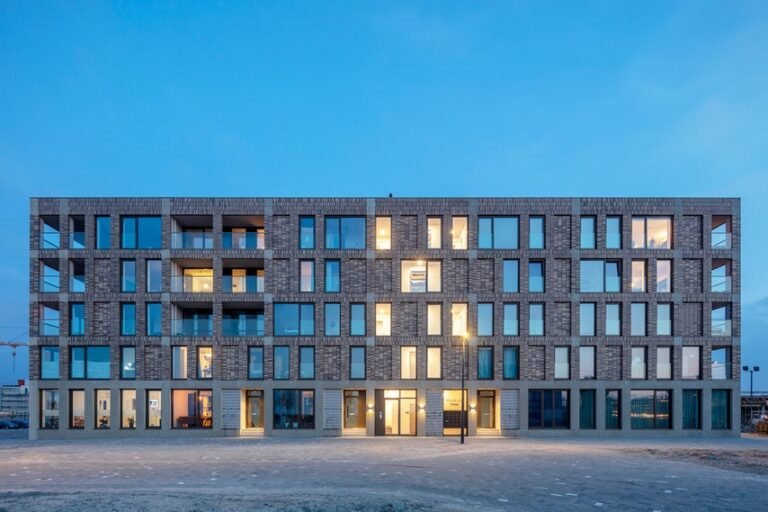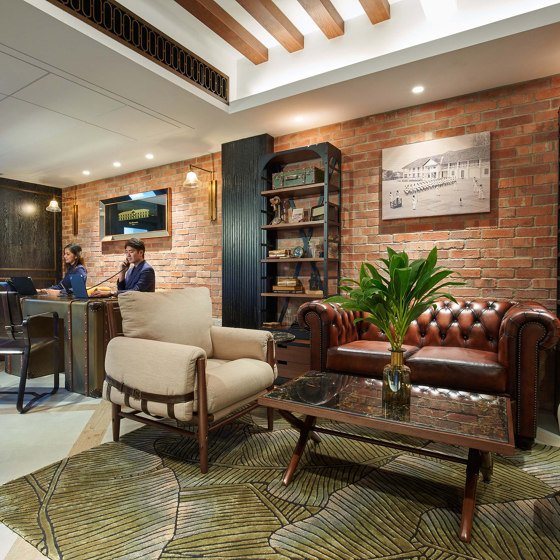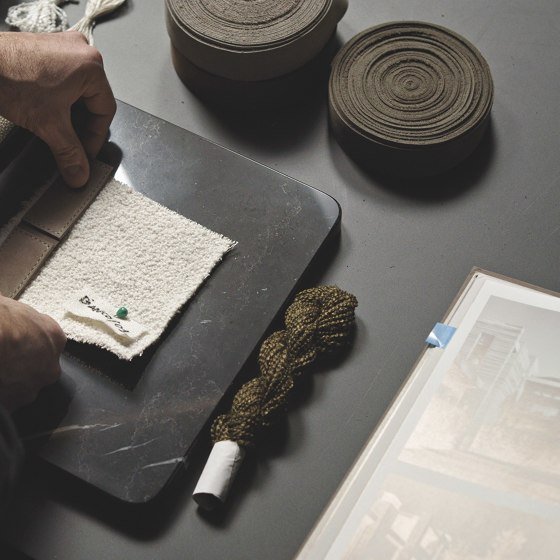How 5 Vintage Furniture Dealers Went From Living Paycheck to Paycheck to Owning Six-Figure Businesses
“Sourcing is one of the most difficult but rewarding parts of the job,” Sean says. “We do estate sales online and in-person, digital marketplaces like Facebook Marketplace, OfferUp, Craigslist, etc. We also have other furniture dealers from around the country we source from. We would say it’s definitely an every-man-for-themselves scenario, especially as more and more furniture dealers pop-up across the country.”
Zeus notes that fabric, size, and weight also greatly affect the price of furniture. “Reupholstery could be anywhere from $1,000 to $2,000 or more for a sofa, or $500 for a single lounge chair,” he explains. “We do most of the deliveries ourselves for a small fee within the tristate area and use a delivery service for nationwide deliveries. That pricing can vary greatly depending on size and weight. For example a sectional sofa may be around $800 to $1,200 from New Jersey to California.”
Selin Naz, a full-time interior designer and owner of Studio 26, made around $30,000 from her side hustle in the first year. To help out with the business, she bought an SUV to curb some of the shipping and delivery costs. “As you know gas prices have risen significantly. There are days that I drive six or more hours and use up a full tank of gas in one sourcing trip,” she adds.
Budgeting for additional costs like renting a showroom is another expense that vintage dealers have to factor into their business model. Tri-State Modern pays $3,000 per month in rent for their showroom in Union City, New Jersey. Similar to Selin, they often store some pieces in their apartments to avoid extra storage costs, which makes their homes look like galleries.
Lately there has been a conversation around the ethics of reselling old furniture at a higher price, but, as David explains, “There are a lot of costs that are overlooked. It’s easy to scoff at a pair of chairs for $9,000. But what isn’t seen is the four hours of time and miles it took to go get the chairs, the $1,000 it cost to reupholster the chairs, the $500 in fabric. The time and miles it took to take them to the upholstery shop, and pick them up, and when they do sell the miles and time waiting for the shipper. And most of us—if not all—don’t have employer health insurance, matched 401(k), etc. We also need to put money aside for estimated taxes. I try to look at all these expenses that I will face with each purchase and factor them into buying decisions.”
Perhaps the most important expenditure is the time these dealers spend running a profitable business. “The worst thing is definitely the amount of sacrifice we put into this work,” Jessica says. “So often we miss out on activities with friends and family because our schedule makes it impossible. That’s definitely the biggest love-hate of this job because we love what we do, but hate missing out on time with them.”
Not to discourage anyone from entering the profession of vintage furniture dealing, but Selin explains that the most rewarding thing is allowing others to enjoy the pieces she sources, remodels, and sells. “I love what I do, I romanticize the hell out of vintage furniture,” she says. “I aim to educate my clients, and inform them of the value in investing in vintage designer pieces. For anyone looking to start in the industry, I highly advise that you do it because you love it—not solely for the monetary returns, but because you see the beauty in it. In a way, we are selling history.”




